
The site of an infamous B.C. mining disaster could get even bigger. This First Nation is going to court — and ‘won’t back down’
Xatśūll First Nation is challenging B.C.’s approval of Mount Polley mine’s tailings dam raising. Indigenous...
Indigenous Protected and Conserved Areas (IPCAs) seem to be popping up everywhere lately — most recently in March, when the Simpcw First Nation declared the Raush Valley IPCA in their homelands.
IPCAs, which are governed by Indigenous nations and laws, represent a massive opportunity in the collective effort to preserve biodiversity, fight climate change and recognize Indigenous Rights.
To date, the federal government has committed more than $1.2 billion to Indigenous-led conservation efforts since 2018, including $800 million announced in December 2022, which will support four Indigenous-led conservation areas that will collectively protect up to one million square kilometres of land and water.
In June 2023, Environment and Climate Change Canada told The Narwhal 59 Indigenous-led conservation proposals had been funded since 2018, each aimed at recognizing or establishing a protected or conserved area. Some of these, they add, may lead to IPCAs.
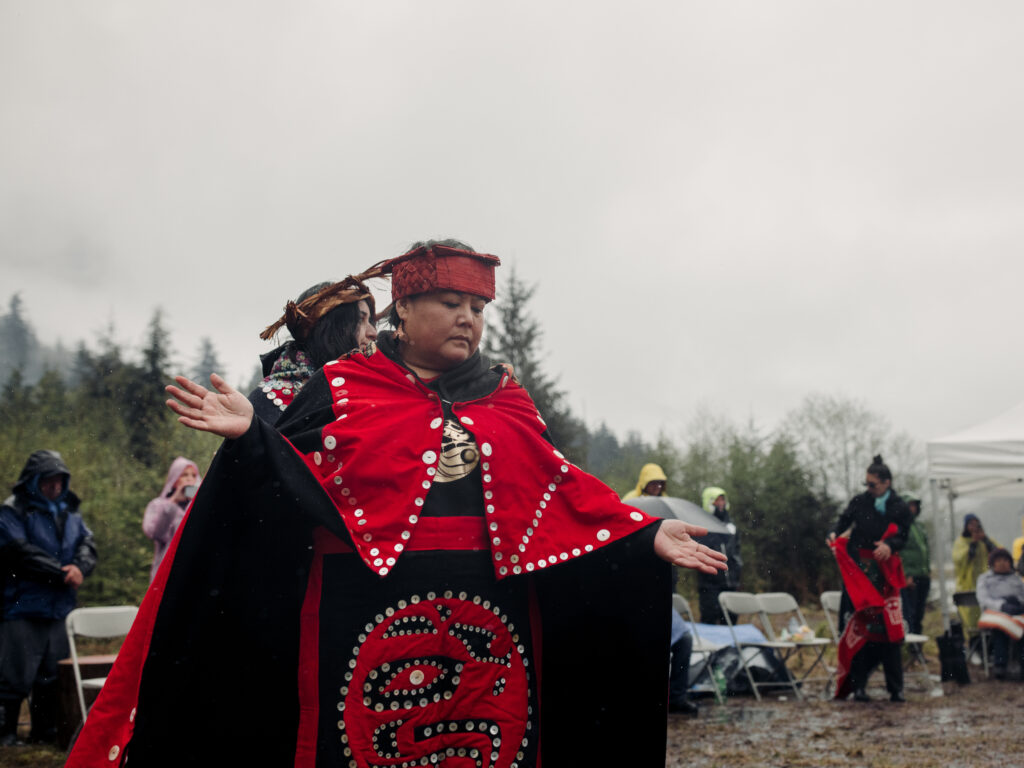
But, despite the funding that has poured into studying and evaluating these potential IPCAs, the official federal count has remained unchanged since 2019: three.
Of course, that number doesn’t include a number of protected areas which have been declared by Indigenous nations under their own sovereign laws — like the newly established Raush Valley IPCA, or the Meares Island Tribal Park, established nearly four decades ago by the Tla-o-qui-aht First Nation.
In fact, figuring out what counts as an IPCA — how they’re defined, what they include and even how many there are — is surprisingly complicated.
In ways both large and small, Indigenous-led conservation has been happening for as long as Indigenous people have lived on these lands. For generations, Indigenous nations lived in balance with their environments, harvesting and hunting sustainably and caring for lands through active management practices like cultural burns. Colonization disrupted these relationships with the land, removing Indigenous people from their homelands and prohibiting cultural and economic practices that kept the ecosystem healthy.
Long before federal initiatives to fund and support Indigenous conservation began, nations including the Haida, the Tla-o-qui-aht and the Mohawk led protests and established blockades in the 1980s to protect their territories, often in the face of state-sanctioned violence. Those fights continue today in the Ring of Fire, at Fairy Creek and across Wet’suwet’en territory, to name just a few.
For decades, Indigenous people have also been fighting for recognition of their rights to steward their lands and waters. A number of court cases have recognized those rights, providing a strong legal foundation for Indigenous sovereignty over what happens on their territory. These include the 1997 Delgamuukw case, which affirmed that Indigenous title over their lands was protected by the Constitution Act; and the 2021 B.C. Supreme Court ruling in favour of the Blueberry River First Nation, which found that industrial development by the province was in breach of its obligations under Treaty 8.
Today, there’s growing recognition that Indigenous stewardship is vital to restoring healthy ecosystems, along with recognition that Indigenous people have the legal and natural right to determine what happens on their homelands. That’s a strong foundation for creating IPCAs — so let’s dig into the details.
The term Indigenous Protected and Conserved Area was created by the Indigenous Circle of Experts (ICE), a group of Indigenous leaders and representatives from federal, provincial and territorial governments and agencies. Members convened in 2017 to advise on the Pathway to Canada Target 1, a federal biodiversity goal to protect 17 per cent of land and 10 per cent of marine and coastal areas by 2020. In 2018 they released the report We Rise Together.
According to Eli Enns, co-founder of the IISAAK OLAM Foundation and co-chair of the Circle of Experts, figuring out what to call these Indigenous-led conservation efforts wasn’t easy. “One of the bigger challenges was finding an acronym we could agree on,” he said, jokingly. Some committee members were interested in Indigenous Protected Areas, others in Indigenous Conserved Areas.
The new term, IPCA, encompassed both.
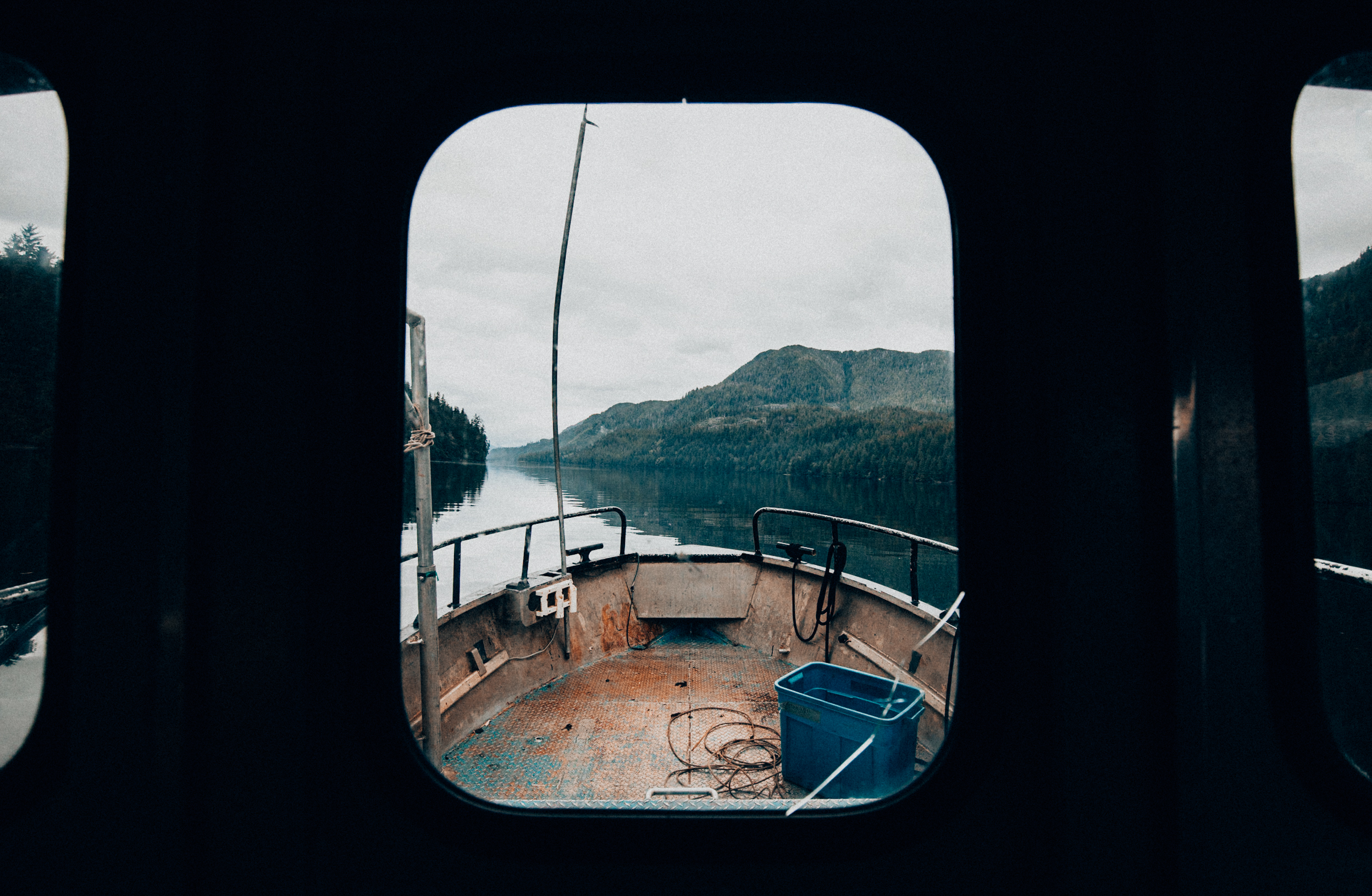
For most people, protection and conservation probably sound like interchangeable terms. If you’re protecting an area, aren’t you conserving it? And vice versa?
But it’s the destiny of technical jargon to make things confusing, and according to the Government of Canada, there is a subtle but distinct difference between a protected area and a conserved area.
The primary purpose of a protected area is conservation, whereas a conserved area may have other purposes in addition to supporting conservation and biodiversity. Both are governed by guidelines established by the International Union for Conservation of Nature.
Canada’s embrace of Indigenous-led conservation in recent years is a major shift, one that Enns attributes to several factors.
One is the politicization of climate change and carbon emissions. “The language of climate change has been weaponized and stigmatized by both sides,” Enns said. “It’s a strategic side-step to focus on biodiversity, and Canada’s commitments to the [United Nations] Convention on Biodiversity,” one that allows the federal government to advance its conservation goals while skirting around the hot-button issues.
“It shows that they’re doing something, while dodging the bullets around climate change,” he said. The distinction is theoretical, as declining biodiversity and climate change are inextricably linked, but the careful language also underscores how politically motivated conservation efforts are.
Another key factor is the wider recognition of the positive impact of Indigenous stewardship on biodiversity, particularly as the impacts of climate change intensify. “I think when you combine these factors, it creates a tipping point for policy change and embracing Indigenous approaches for biodiversity.”
Lastly, Canada’s updated conservation targets — 25 per cent of land and water protected by 2025, and 30 per cent by 2030 — are ambitious. Working in partnership with Indigenous nations is necessary to achieve them. And they make for a good economic case: a 2016 case study on Guardian programs in the Northwest Territories found for every $1 invested, they delivered $2.50 in economic, cultural and environmental benefits — and that with broader national support, that could increase to $3.70.
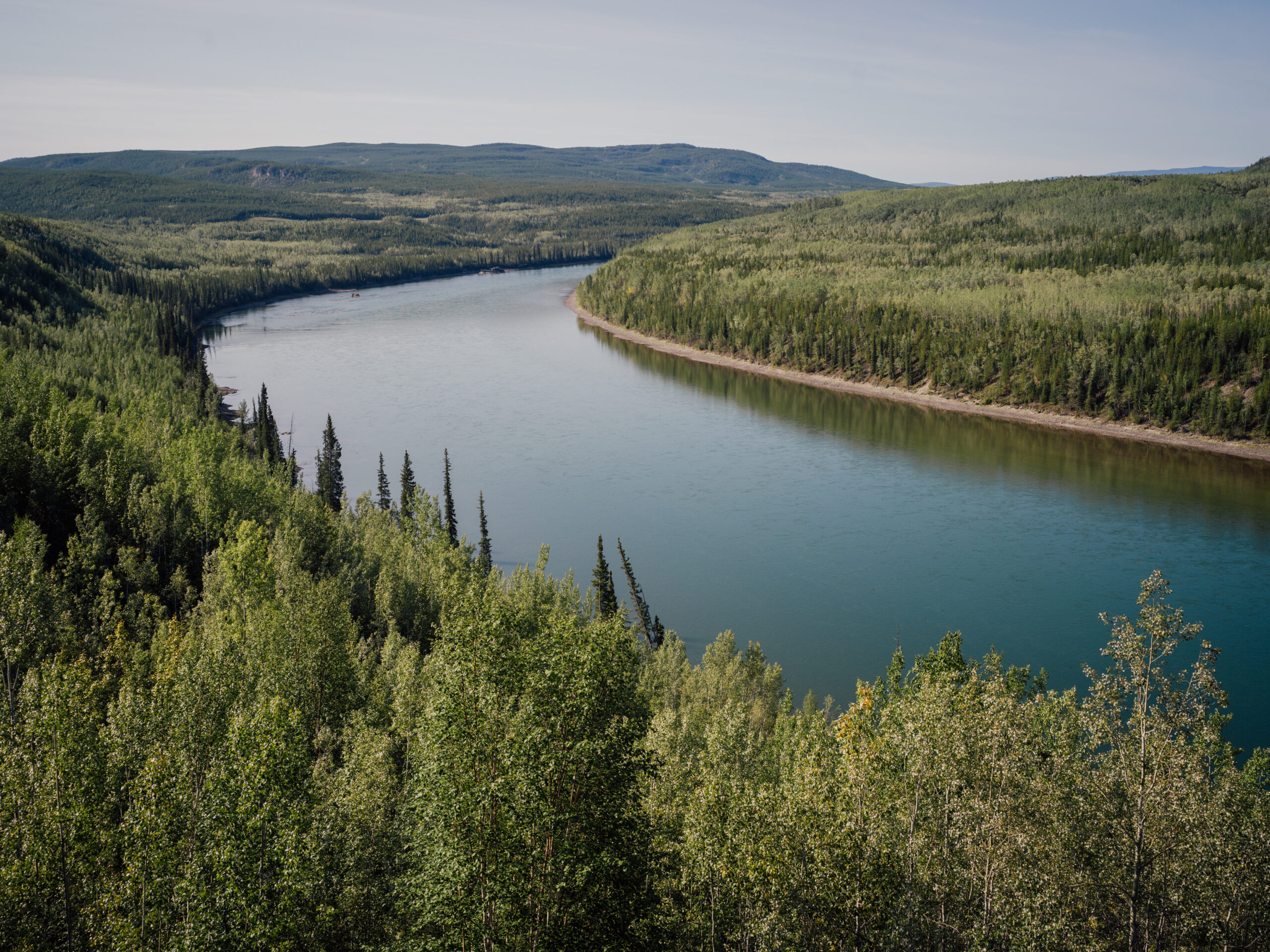
There are three key features of an IPCA: it must be Indigenous-led, represent a long-term commitment to conservation and elevate Indigenous Rights and responsibilities.
But beyond those three qualities, there are no standard criteria for defining an IPCA. “Indigenous Peoples across the country are as diverse as the land itself,” Enns wrote along with ICE co-chair Danika Littlechild in the introduction to We Rise Together. “We do not prescribe a one-size-fits-all solution.”
No! Australia has been recognizing Indigenous protected areas since 1997. Currently, there are 82 Indigenous protected areas in Australia, which make up more than half of all conserved land in the country. They’re a few steps ahead of Canada in other ways, too — namely, by establishing continuous streams of funding and creating a national framework that guides how these protected areas are defined, implemented and managed.
The three IPCAs recognized by the federal government are all located in the Northwest Territories: Edéhzhíe Dehcho Protected Area and National Wildlife Area, Thaidene Nene National Park Reserve and Ts’udé Nilįné Tuyeta Indigenous and Territorial Protected Area.
But other IPCAs — which, according to the Indigenous Circle of Experts who defined the term, includes all kinds of Indigenous-led conservation activities — exist in every province and territory. The diversity of Indigenous conservation initiatives makes it difficult to estimate their number or scope. From the W̱SÁNEĆ Nation to the Bay of Fundy, caretaking efforts take countless forms.
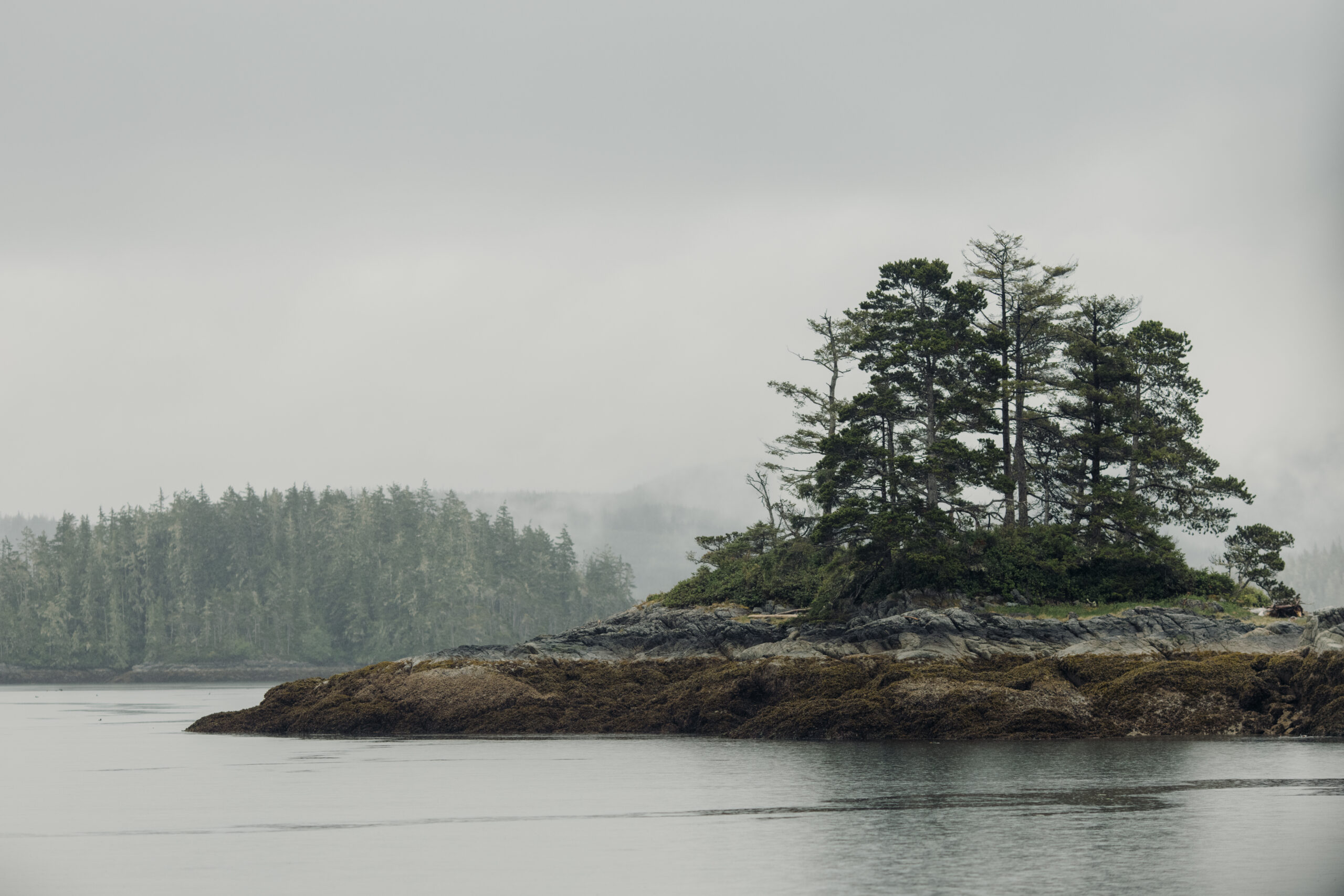
“The reality is all of Turtle Island is an Indigenous Protected and Conserved Area. All of this land is Indigenous land,” Breanne Lavallée-Heckert, research manager for Indigenous Climate Action, said in a previous interview with The Narwhal.
It’s challenging to count them all because they’re not all recognized or reported by the Canadian government.
Others have received official recognition from Canada, but are protected through different mechanisms. One example is Pimachiowin Aki in Manitoba, a swath of boreal forest the size of Belgium that was declared a protected area by four First Nations in 2002. Together with the Province of Manitoba and the federal government, they formed a corporation and worked to gain recognition as a unique UNESCO World Heritage Site in 2018.
Traditional Canadian conservation initiatives have often sought to protect nature by drawing a boundary around it, with humans on one side and untouched wilderness on the other.
IPCAs, on the other hand, recognize Indigenous people have reciprocal relationships with their lands and water, which include harvesting, hunting, ceremony and sustainable industrial activity. As such, IPCAs fulfill cultural and spiritual purposes as well as conservation goals. Guardians often take the lead in monitoring the region, collecting data and managing environmental programs, as well as providing education.
The activities and goals of IPCAs, which reflect each nation and place, make IPCAs unique in Canada and distinct from other conservation endeavours.
“The First Nation will likely want to protect an area to preserve its right to practise its culture in the future,” Saya Masso, natural resources manager for the Tla-o-qui-aht Nation, said. “If we’re going to protect old-growth trees for the survival of our culture — for longhouse beams and totem poles — then it’s implicit that we’ll be going into these protected areas and taking some trees on a low, sustainable level, but it’s not for industrial logging. Or maybe hunting and gathering is allowed in an IPCA, whereas it might not be allowed in a provincial designated park.”
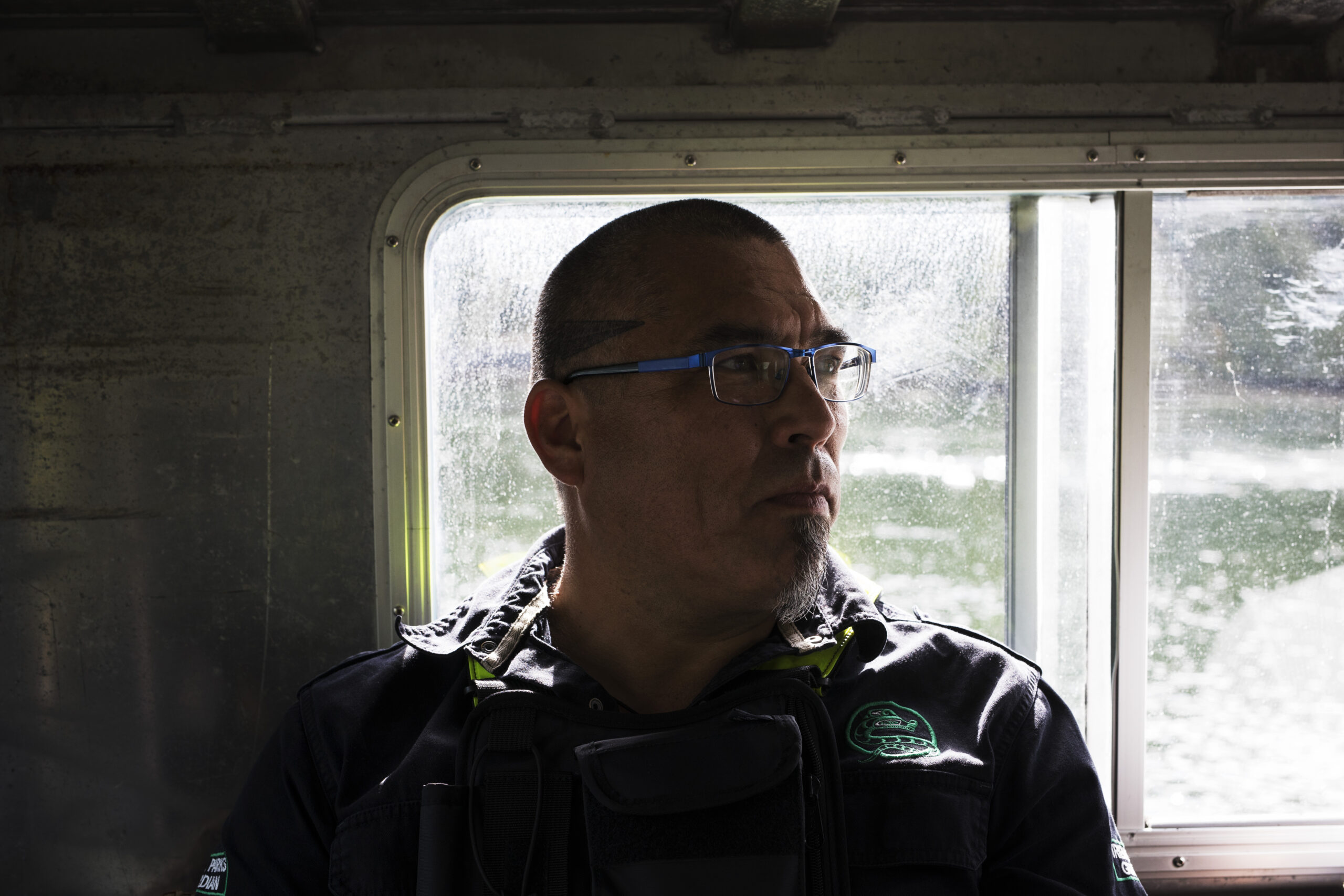
Biodiversity is a buzzword these days. In May, Canada committed to a national biodiversity strategy. In short, biodiversity refers to the thousands of plants and animals in our ecosystems, many of which are disappearing due to global warming, industrial development, invasive diseases and other crises caused by human activity.
Globally, IPCAs are key to preserving biodiversity; estimates suggest that 80 per cent of all biodiversity on Earth is stewarded by Indigenous people — despite the fact that they make up just five per cent of the population. In Canada, some of the most critical ecosystems are stewarded by Indigenous people, from the boreal forest to the Howe Sound. In short, protecting Canada’s biodiversity means protecting the rights of Indigenous people to care for their homelands.
A lot! The exact number is hard to pin down, for the same reason that it’s challenging to estimate the current number: the definition depends on who you ask. Some nations are going the route of self-declaring IPCAs, while others are engaging the federal and provincial governments to establish partnerships and funding agreements.
According to Environment and Climate Change Canada, 59 proposals from Indigenous communities have been funded since 2018 — these all represent potential IPCAs.
Some of these proposed IPCAs are close to getting federal recognition, like the Seal River Watershed IPCA in Manitoba, which would put 50,000 square kilometres under the joint protection of four First Nations. And Canada has committed to establishing a number of new IPCAs by 2025.
In the meantime, many nations have also taken active protection into their own hands, like several First Nations along the central coast of British Columbia who established a network of coastal Guardians, who have been patrolling and monitoring their waters for more than a decade.
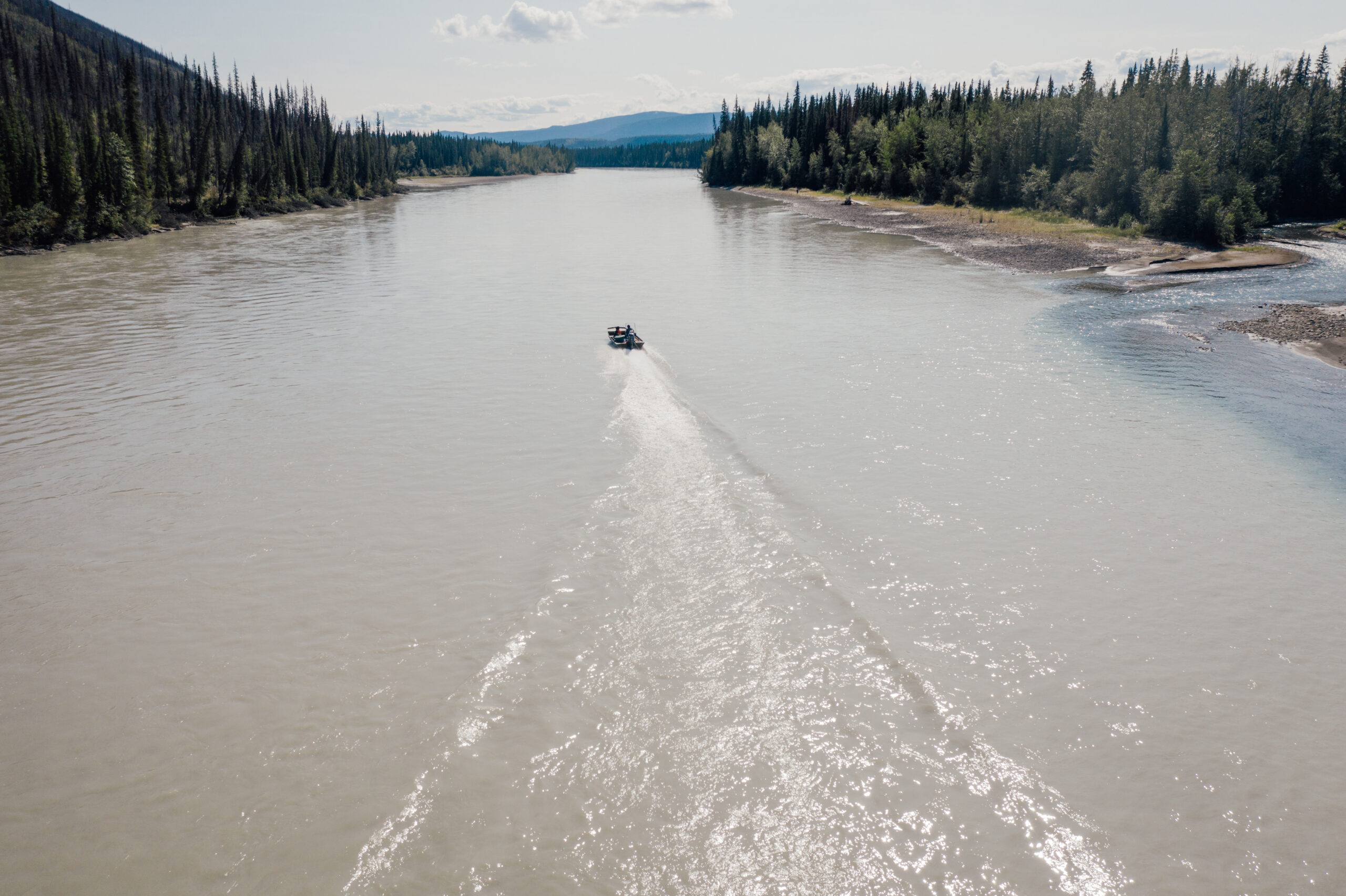
Well, not always.
Enns acknowledges that Canada embodies a “Jekyll and Hyde” dynamic through its governance, as a result of its sometimes-conflicting goals to maintain global economic significance and be an environmental leader. “They’re doing some good things with Indigenous people, and also doing things that harm other Indigenous Peoples,” he said. “They want to have their cake and eat it too.”
In recent years, the Pacheedaht Nation and Wetʼsuwetʼen land defenders have clashed with B.C. courts and RCMP in their efforts to protect unauthorized logging and pipeline construction on their homelands, underscoring Canada’s conditional support for conservation measures — particularly when they conflict with industry.
Crown recognition is not necessary for determining whether something is an IPCA, but it does ensure that the rights of the nation will be respected and upheld.
One example is Asubpeeschoseewagong Netum Anishinabek (Grassy Narrows First Nation), which declared a ban on industrial logging and mining activities in 2018; and was one of many proposed IPCAs to receive federal funding in 2019. However, with that Crown-recognized designation still in the works, Ontario has continued to grant mining exploration permits there.
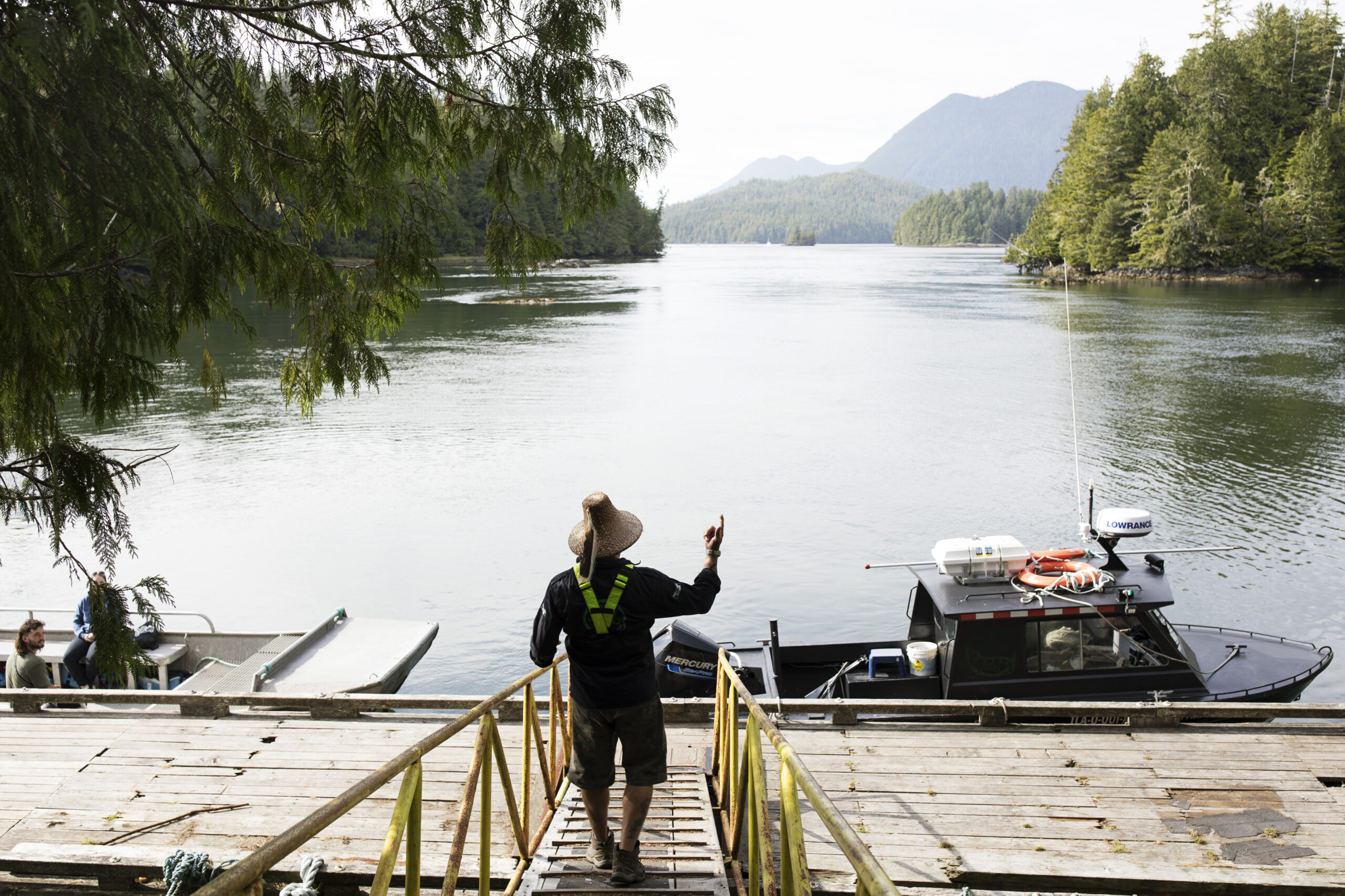
For Masso, the key distinction between an IPCA and other types of Indigenous conservation is the recognition from Crown governments of the nation’s rights and title.
“We have a land vision that is our Tribal Park,” Masso told The Narwhal. “But it doesn’t become reality until we transform tree farms to actually prevent deforestation, to prevent the destruction of fisheries, to create the investment into our recovery of rivers and fisheries.”
“So our Tribal Park is a declaration, it’s a road map for where we want to get to,” he continued. But when it becomes a formal Indigenous Protected and Conserved Area, recognized by the other levels of government, if something like timber harvesting license negatively impacts their rights and titles, then they’ll have an agreement or legislation in place to address it.
That depends on how they’re established and designed. Self-declared IPCAs are typically governed exclusively by the Indigenous nation. For example, the Dasiqox Nexwagwez7an (formerly Dasiqox Tribal Park) is an Indigenous-led initiative declared by the Tsilhqot’in First Nation in 2014.
Others are under joint designation, which means both Indigenous and Crown governments have a role to play in management. Torngat Mountains National Park in Labrador was established as a national park, but the Inuit must be consulted on all decisions, and their right to access and use the territory is formally enshrined. In Haida Gwaii, the federal government and the Haida Nation have agreed to co-operatively manage Gwaii Haanas National Park, but the Haida Nation is the lead decision-maker.
There’s no one-size-fits-all approach to IPCAs because each Indigenous community or government determines their own conservation standards and practices, and expresses them through their laws, language and values. But whether they’re self-declared or managed in partnership with the Canadian government, it’s essential that Indigenous people be the decision-makers and leaders.
On the ground, IPCAs are often stewarded by Guardians: trained Indigenous experts who monitor and steward their traditional territories. There are more than 1,000 Indigenous Guardians across Canada, and more than 170 Guardians programs.
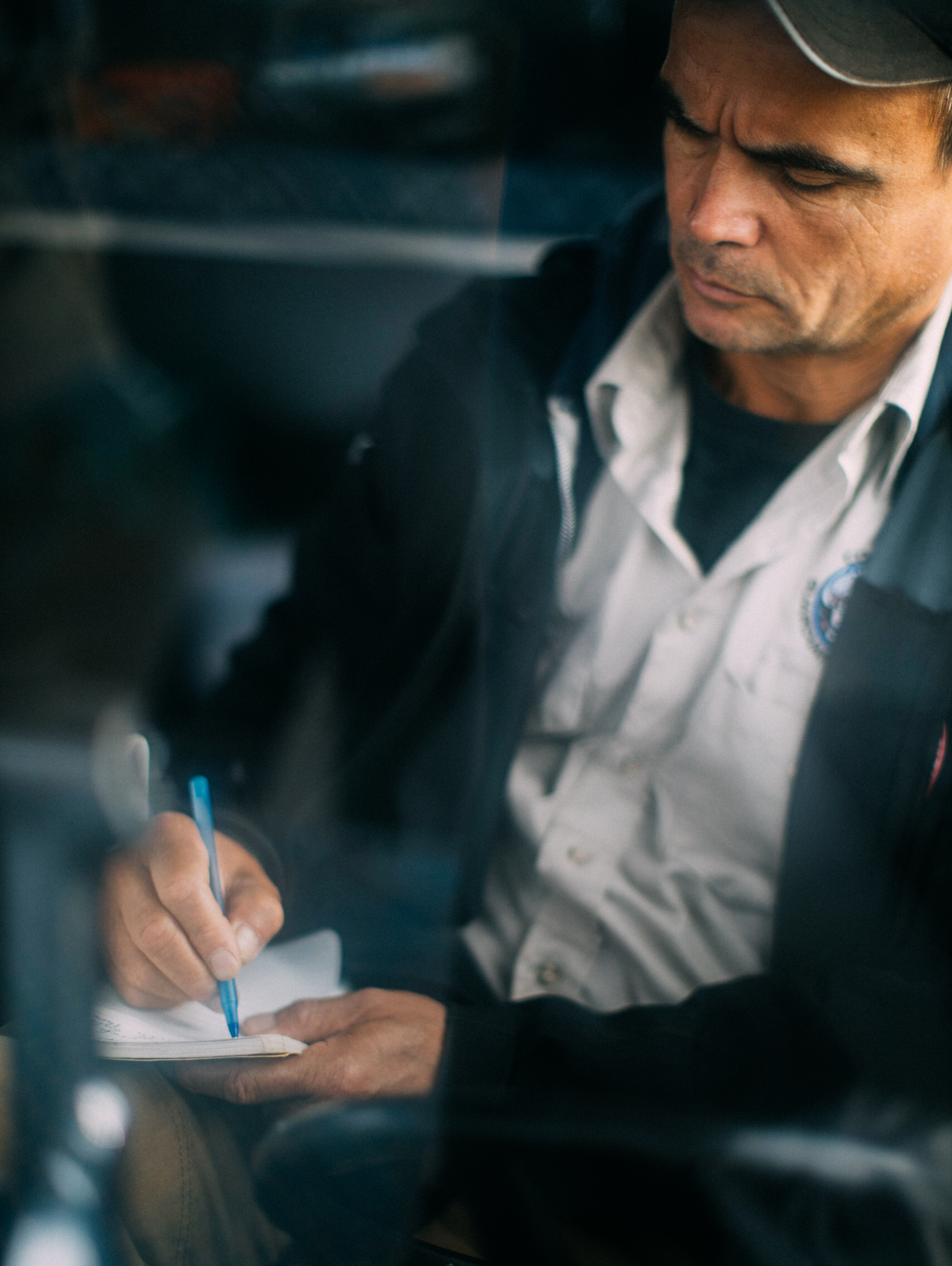
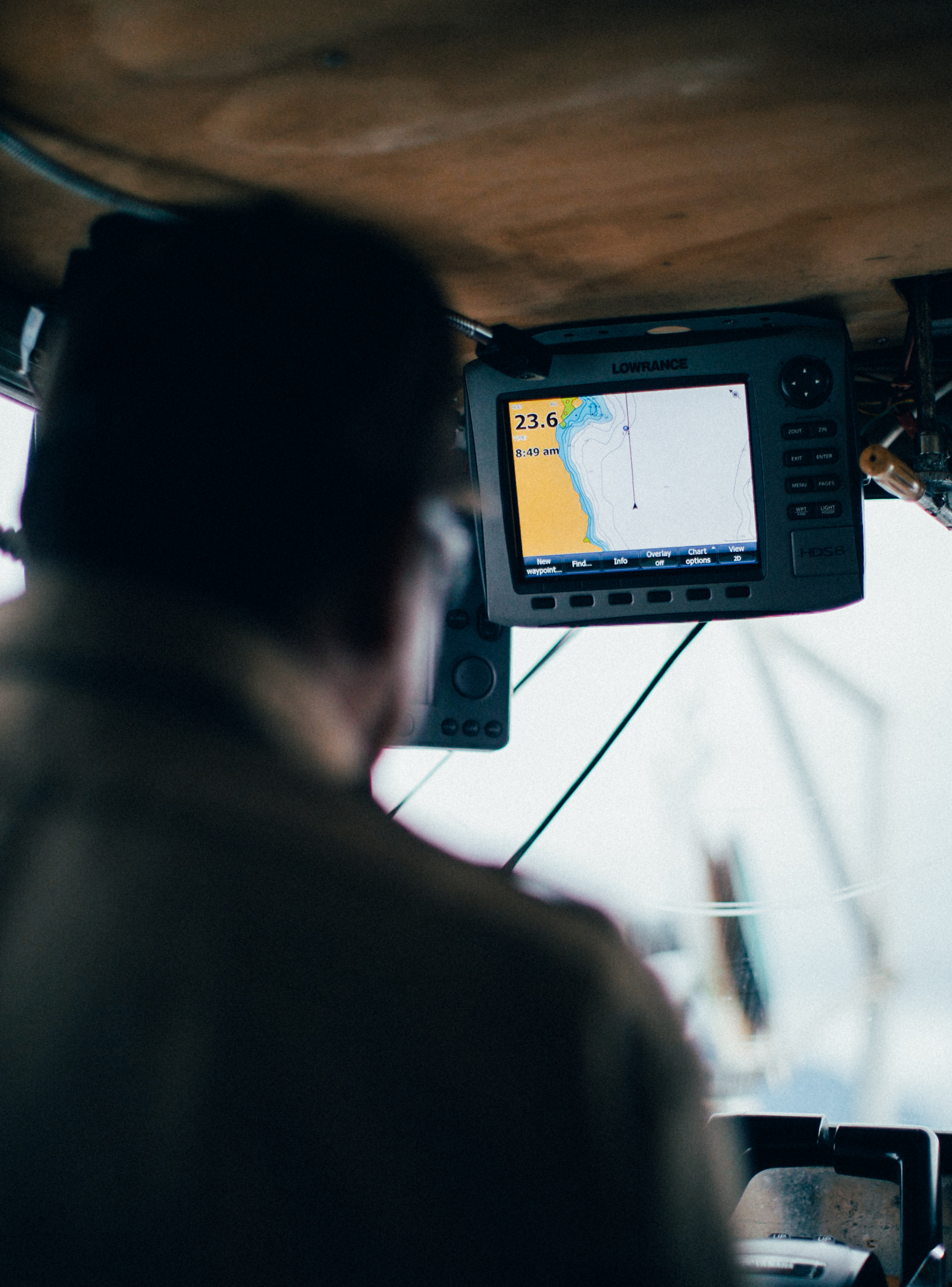
More than $1.2 billion dollars has been committed to Indigenous-led conservation since 2018, through a number of federal initiatives.
In addition to the three IPCAs recognized by the federal government, there are five National Marine Conservation Areas in Canada, including Tallurutiup Imanga in Nunavut; it is co-governed with the Qikiqtani Inuit Association, one of three regional organizations in Nunavut.
Funding ranges considerably among existing IPCAs: according to MakeWay data, Tallurutiup Imanga National Marine Conservation Area has a nine-year funding agreement totalling more than $64 million, while the much smaller Ts’udé Nilįné Tuyeta, which is protected under an agreement with the Government of the Northwest Territories, will receive $830,000 over four years.
IPCAs established solely by First Nations have other forms of revenue and funding. The Tla-o-qui-aht Nation funds their Tribal Parks through a partnership program with nearby businesses, for example. Other IPCAs may be supported through eco-tourism, sustainable economic activities like logging and fishing, access fees for visitors and industry or partnership agreements.
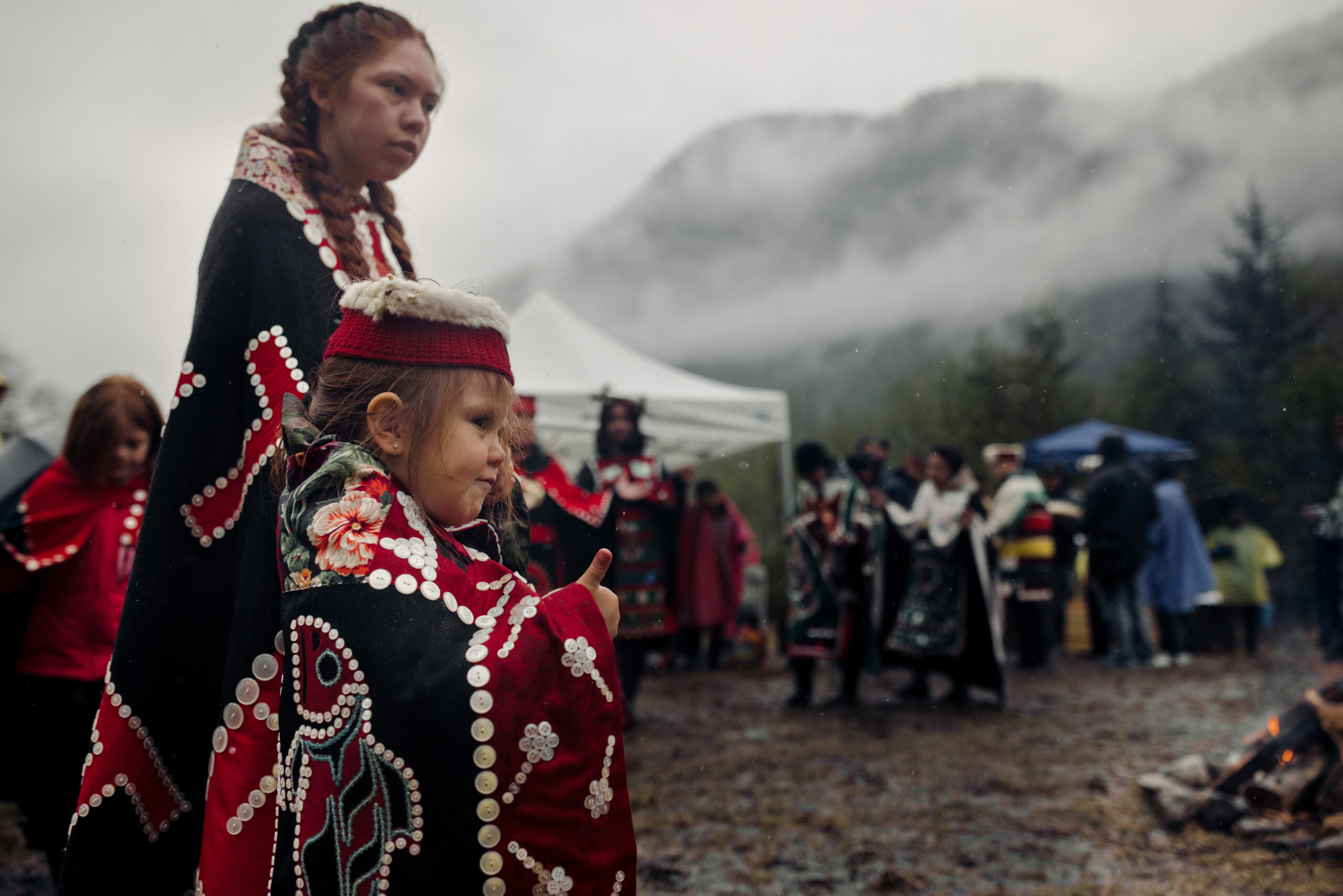
Good question! There is still a lack of clarity around what “Indigenous-led” means when IPCAs are created in partnership with governments, according to Norman Henderson, an adjunct professor of public policy at the University of Regina who has consulted with the Saskatchewan Ministry of the Environment on IPCA policy.
“These are tough questions that eventually need answers,” he wrote in an email to The Narwhal, such as: “What is the minimum degree of Indigenous control that is acceptable to qualify as an IPCA? What are the minimum rights of the federal government if they are continuously supplying funding?”
An April 2023 report from MakeWay, which reviewed the successes and challenges of existing IPCA agreements in Canada, identified a lack of clarity over roles and decision-making as a challenge for implementing IPCAs. This is partly because the structure of co-managed IPCAs is so new.
While the federal government has been championing IPCAs and directing funding programs, provinces are a key partner. That’s because almost half of all the land in Canada is “owned” by the provinces.
The territories, on the other hand, contain the majority of Canada’s federal Crown land, and only about 11 per cent of land in Canada is privately owned.
This has posed an issue for implementing IPCAs where the provincial government is reluctant to cede control over their lands. The governments of Ontario and British Columbia have both been resistant to IPCAs, which has led to conflict with Indigenous nations who are trying to establish protections over their homelands.
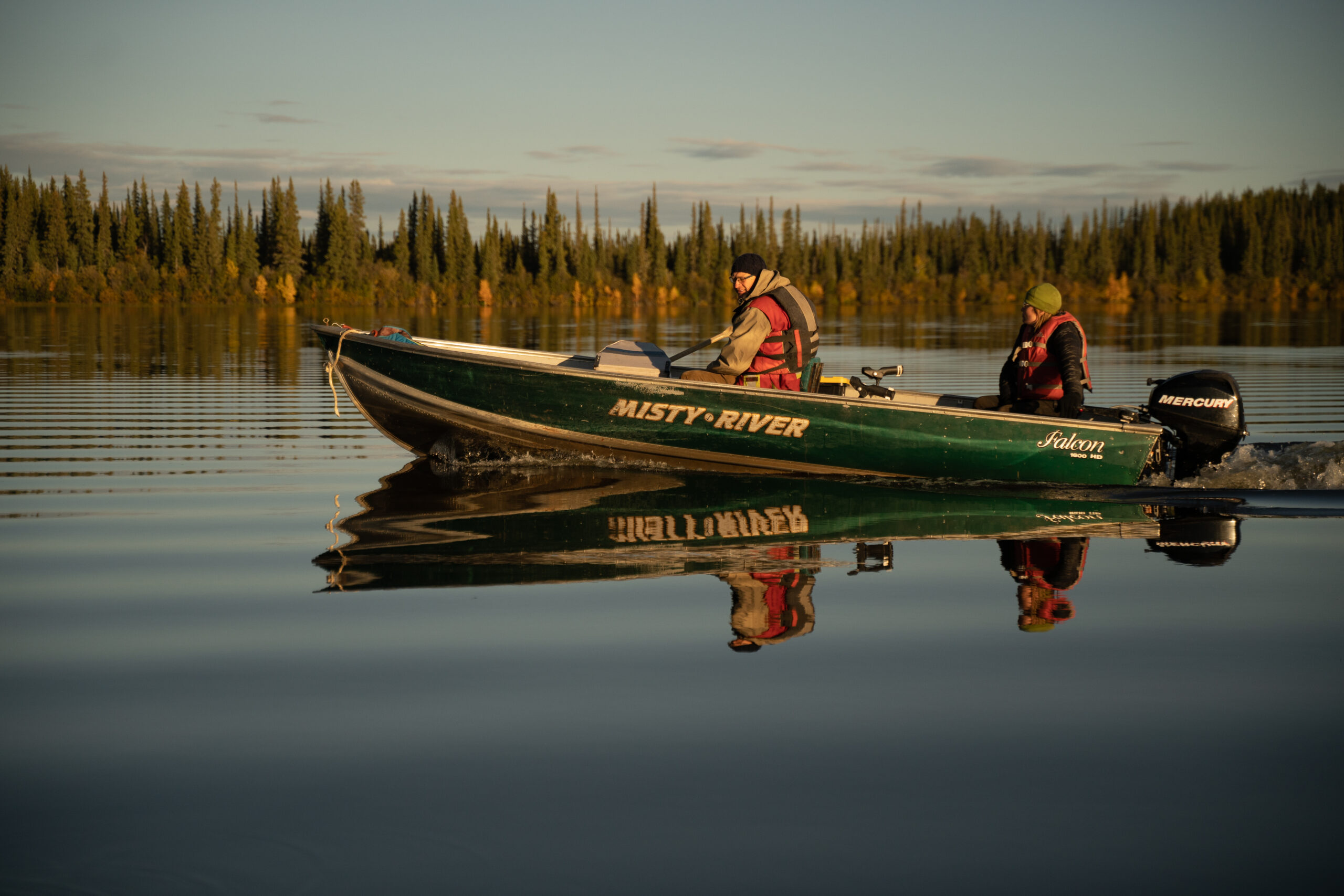
In a review paper on IPCAs for Saskatchewan, sponsored by Ya’thi Néné Lands and Resources and the Saskatchewan Ministry of Environment, Henderson cautioned, “If the federal government hopes to realize a roughly equivalent outcome across the national landscape it will need to put national dollars on the table long term, in much the same way that it does with the national parks system. If it fails to do this, some provinces and territories will develop IPCAs, some may not, and some IPCAs that get off the ground may struggle over time in the absence of a national framework and national support.”
In short: getting provinces and territories on board is key to ensuring that IPCAs are implemented across Canada, and so far the federal government hasn’t been very successful yet.
Whatever stage of development they’re in, many IPCAs are facing the same hurdles: a lack of certainty, clarity and trust.
Canada has a poor track record with Indigenous Rights, and many nations are rightly wary of putting their trust in the Crown. Nations who have established IPCAs have been clear that they are putting their trust in themselves, not their government partners. In 2022, the Łutsël K’é Dene First Nation told MakeWay: “The advice we got from the Haida Nation is to recognize that the government will break the agreement, but this is about benefitting us and our land.”
Still, that lack of trust is a big challenge, particularly for nations that have ongoing conflicts with federal and provincial or territorial governments.
The other big challenge is financial. Valérie Courtois, executive director of the Indigenous Leadership Initiative, described long-term funding as the greatest barrier to Indigenous conservation work. “That keeps me up at night,” she told The Narwhal, describing the expiry dates on short-term funding programs as “a cliff at the end.”
“We need to build in resilience, which requires ongoing and permanent funding,” she said.
“A future federal government could simply let funding support lapse,” Norman Henderson pointed out. “In that case the federal IPCA program would stall. No future federally funded IPCAs would start up and some existing IPCAs might disappear, unless they succeeded in finding alternative funding.”
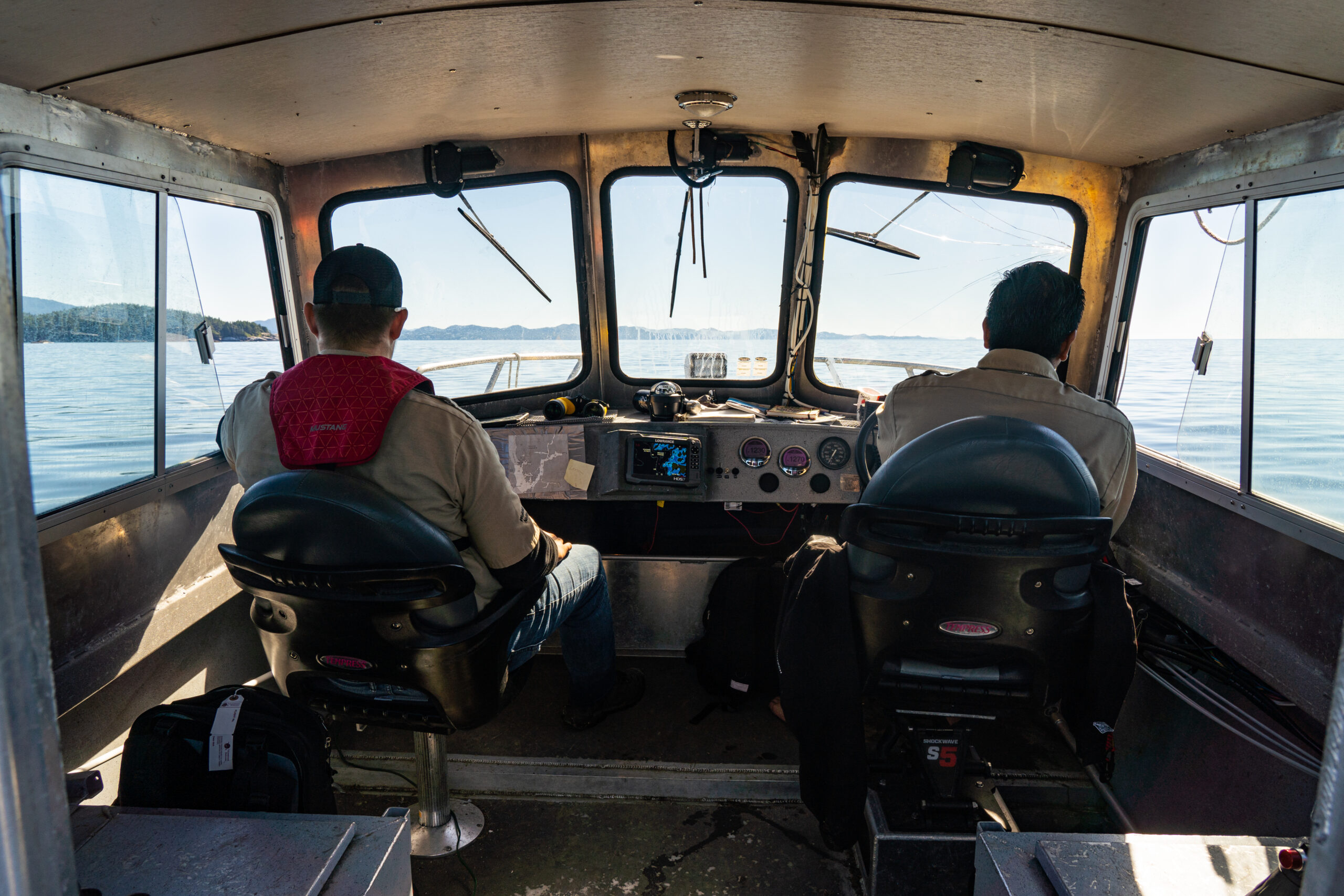
Hopefully, the establishment of a few more. If Canada wants to meet its first target of protecting 25 per cent of lands and waters within its borders by 2025, then it’ll need to establish a few more IPCAs by then.
One way to do that would be by formally recognizing many of the self-declared IPCAs, and ensuring they’re protected from unsanctioned logging, mining and other forms of extractive industry. Another would be moving forward on some of the proposed IPCAs that have received funding since 2018.
The other key piece? Establishing long-term funding and legislation that will ensure the future of IPCAs. Right now, Canada’s support for Indigenous-led conservation is still conditional: it rests on the promises of the current federal government, and the finite pools of funding they’ve committed. A change in leadership or priorities could change all of that, as could the continued resistance of provincial governments.
The federal government has talked a big game when it comes to supporting Indigenous-led conservation; the question is whether they’ll make good on their promises, and ensure the future of IPCAs for generations to come.
This story is part of Spirits of Place, exploring the many ways Indigenous communities and nations are enacting their responsibilities to their lands, waters and future generations. This coverage is made possible by funding from Metcalf Foundation and MakeWay Foundation. As per The Narwhal’s editorial independence policy, the foundations have no editorial input.
Updated on December 11 at 9:15 a.m. PT: This story has been updated with the current name of Dasiqox Nexwagwez7an, which was renamed from Dasiqox Tribal Park 2020.
Get the inside scoop on The Narwhal’s environment and climate reporting by signing up for our free newsletter. When I visited my reserve, Moose Factory,...
Continue reading
Xatśūll First Nation is challenging B.C.’s approval of Mount Polley mine’s tailings dam raising. Indigenous...

As the top candidates for Canada’s next prime minister promise swift, major expansions of mining...

Financial regulators hit pause this week on a years-long effort to force corporations to be...

